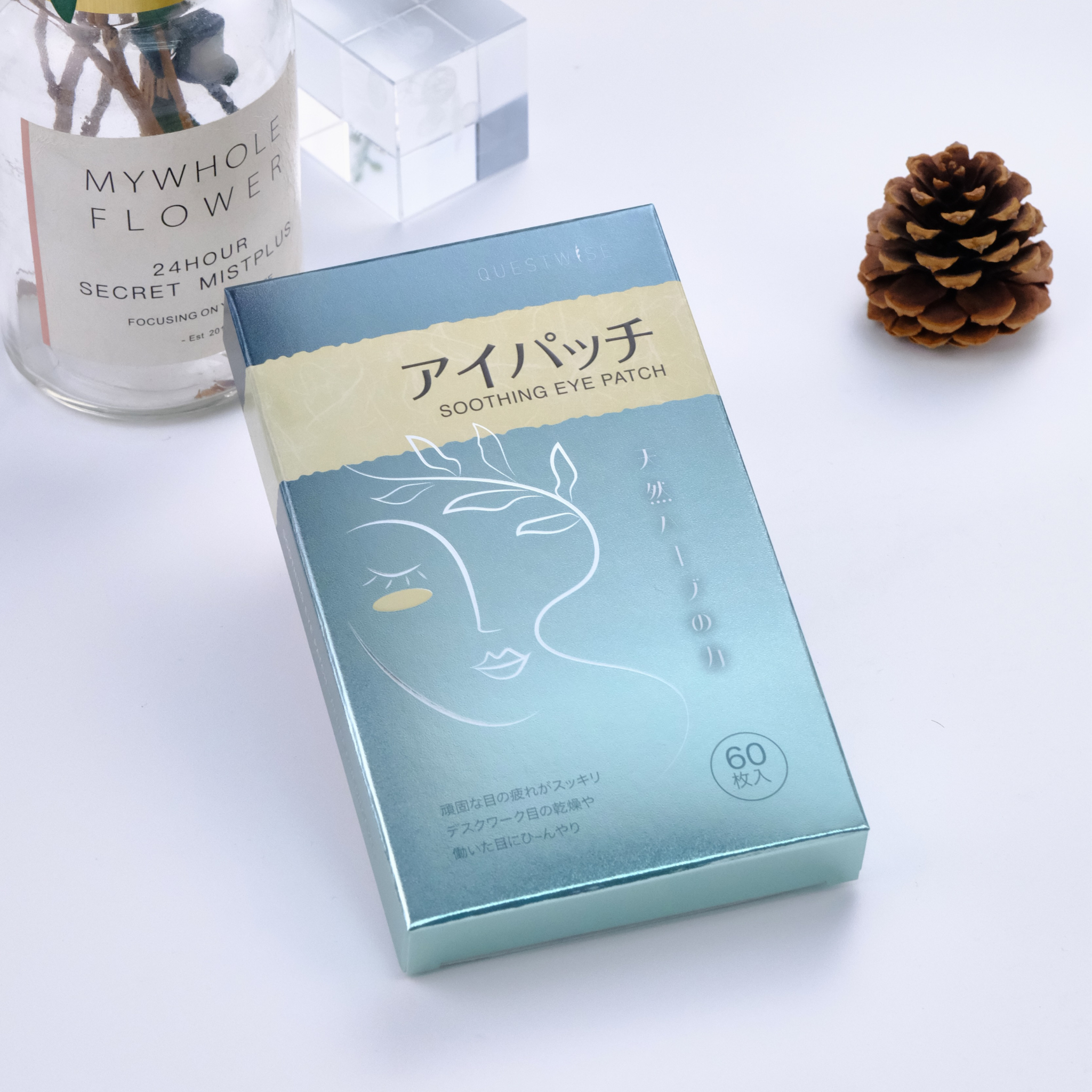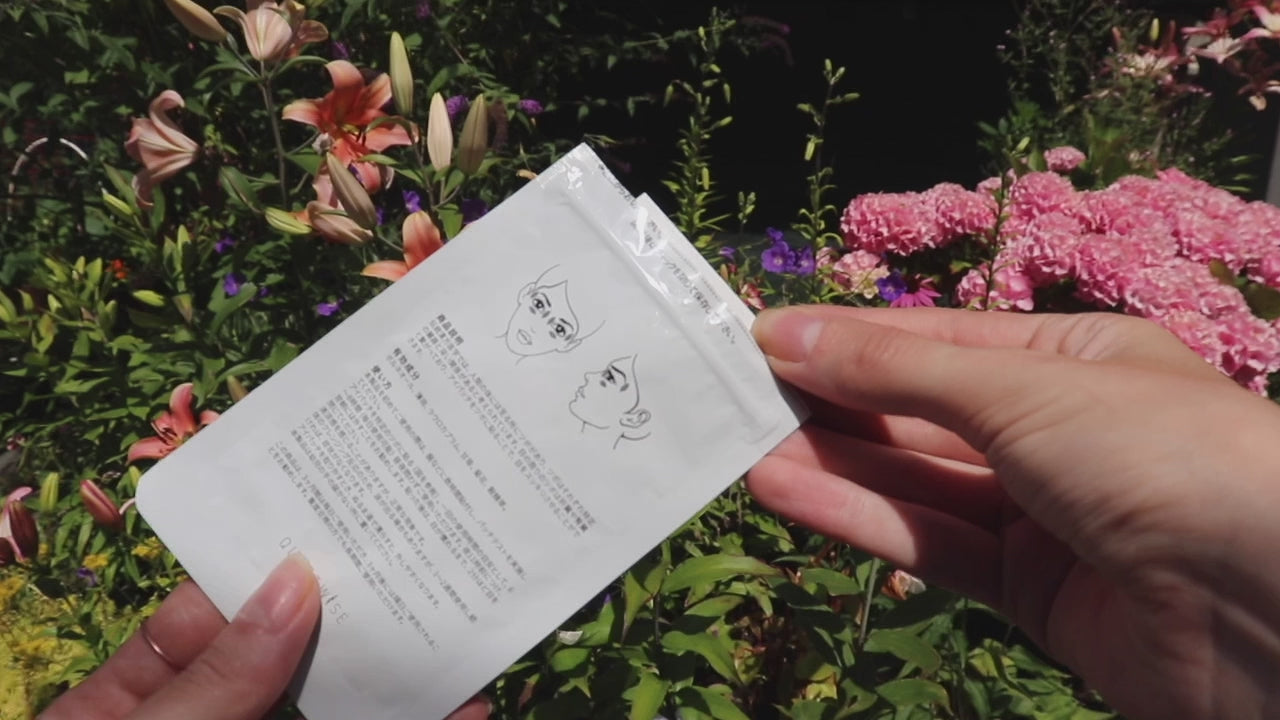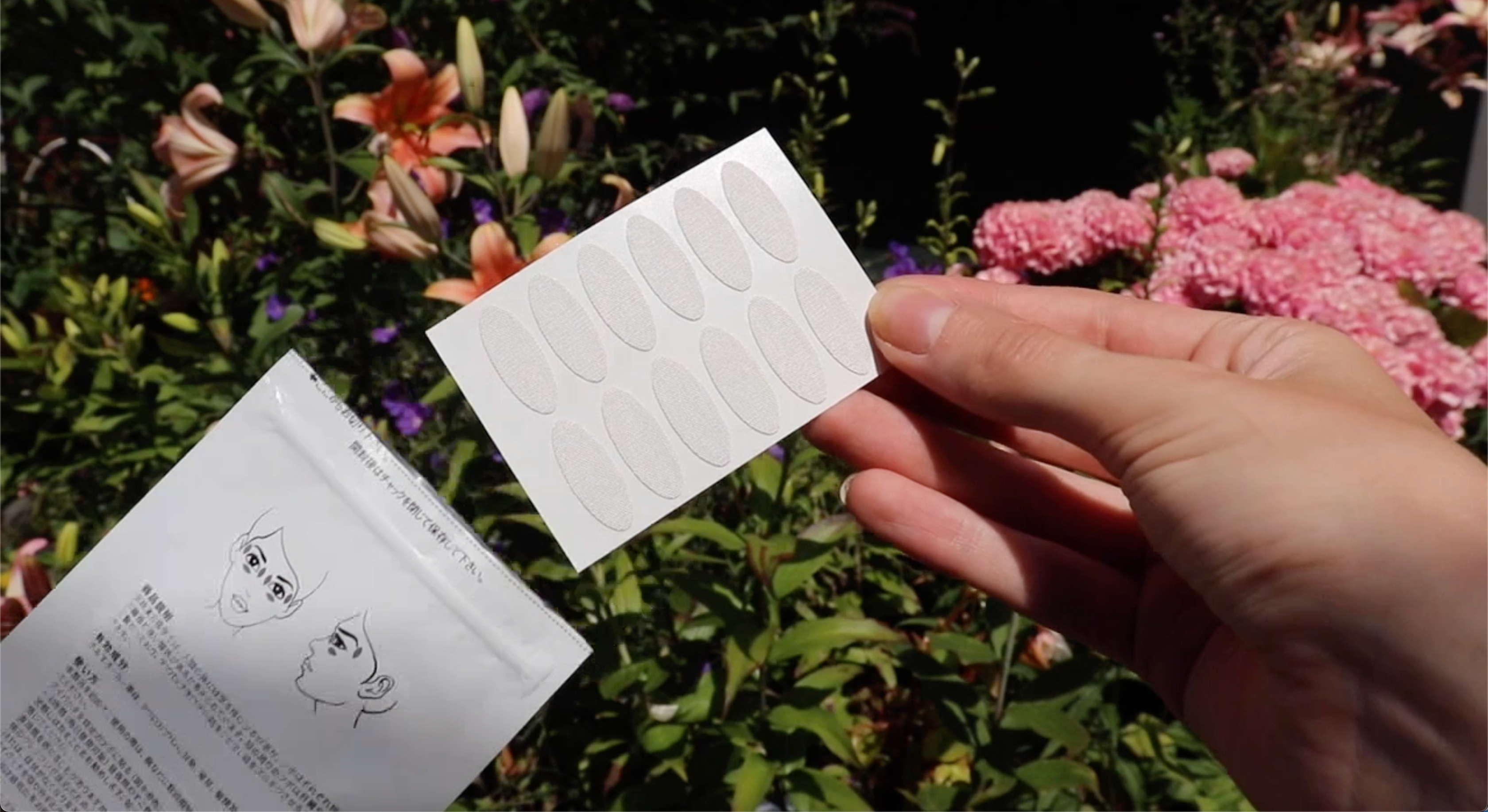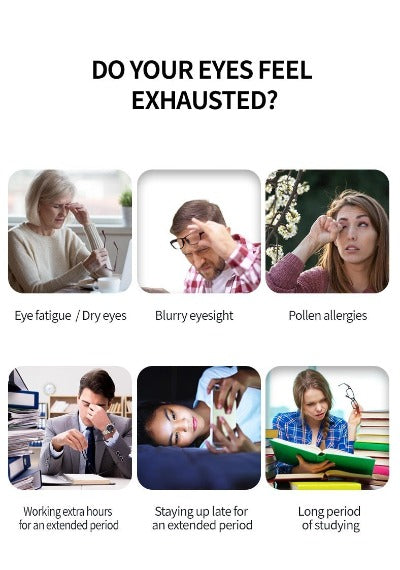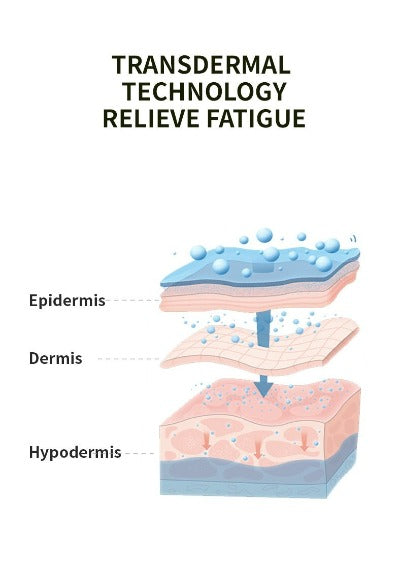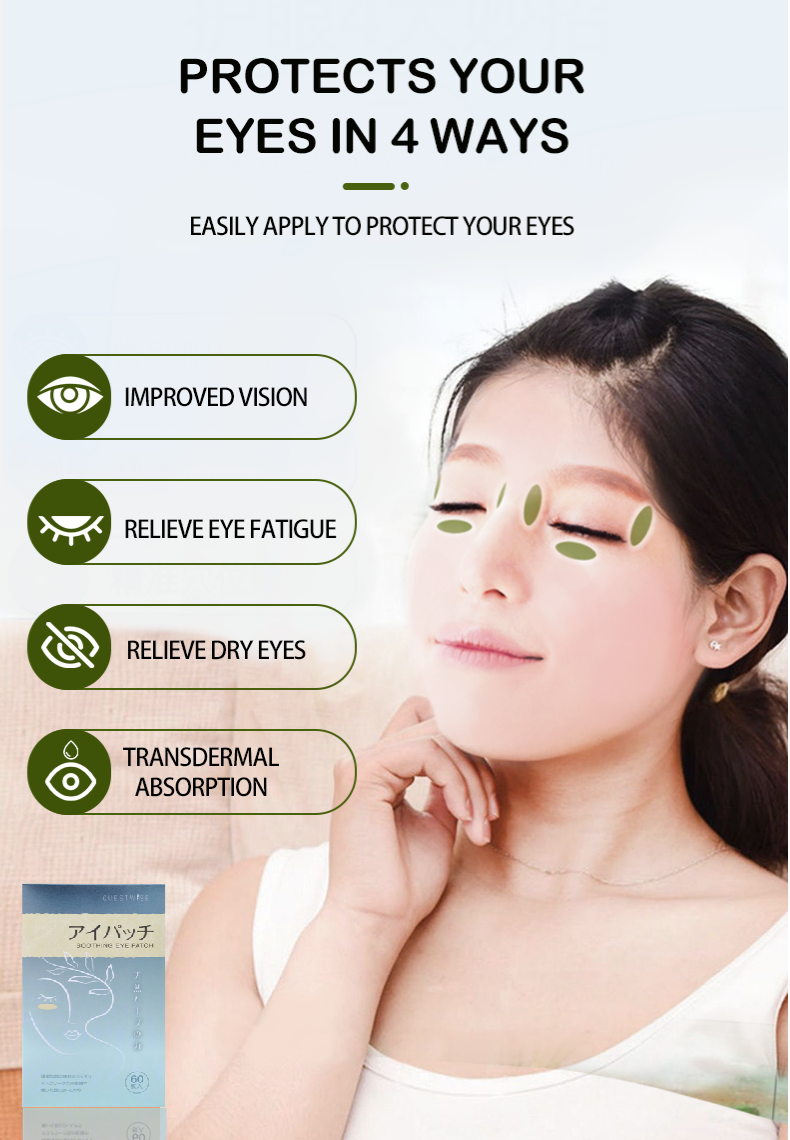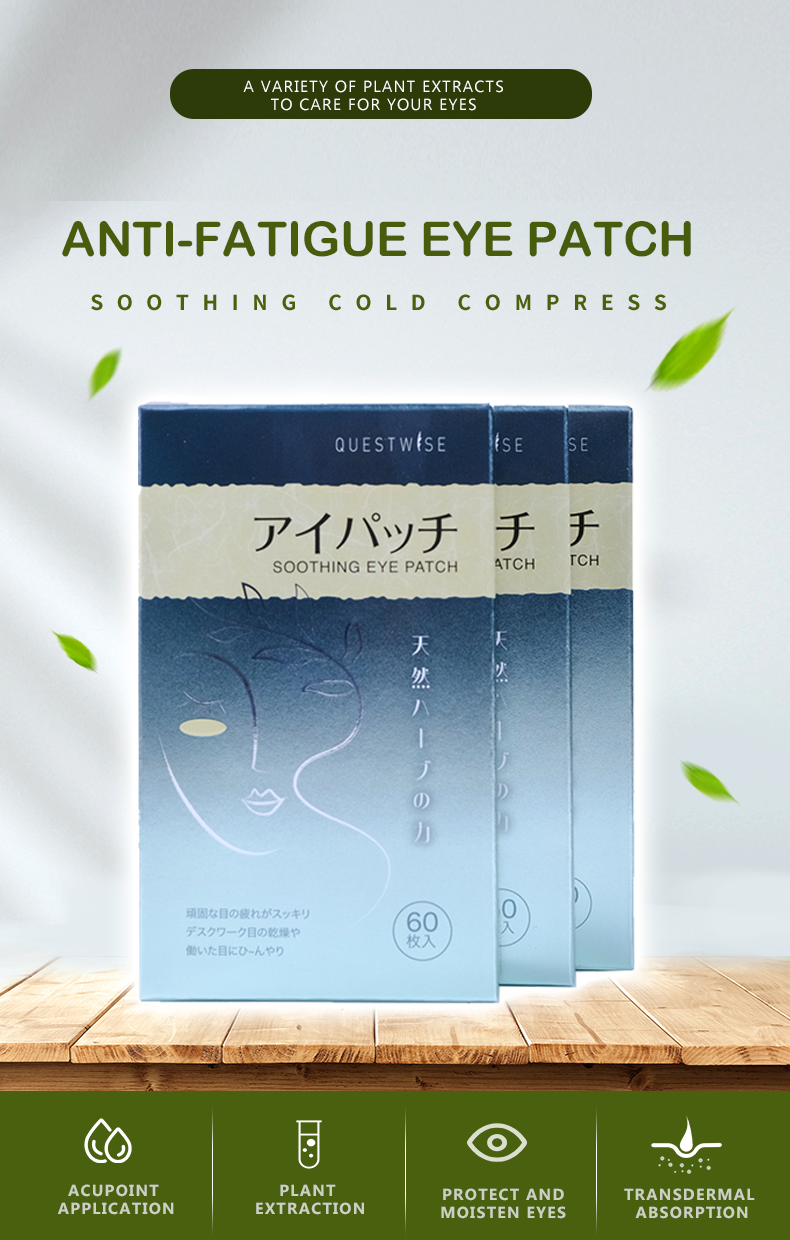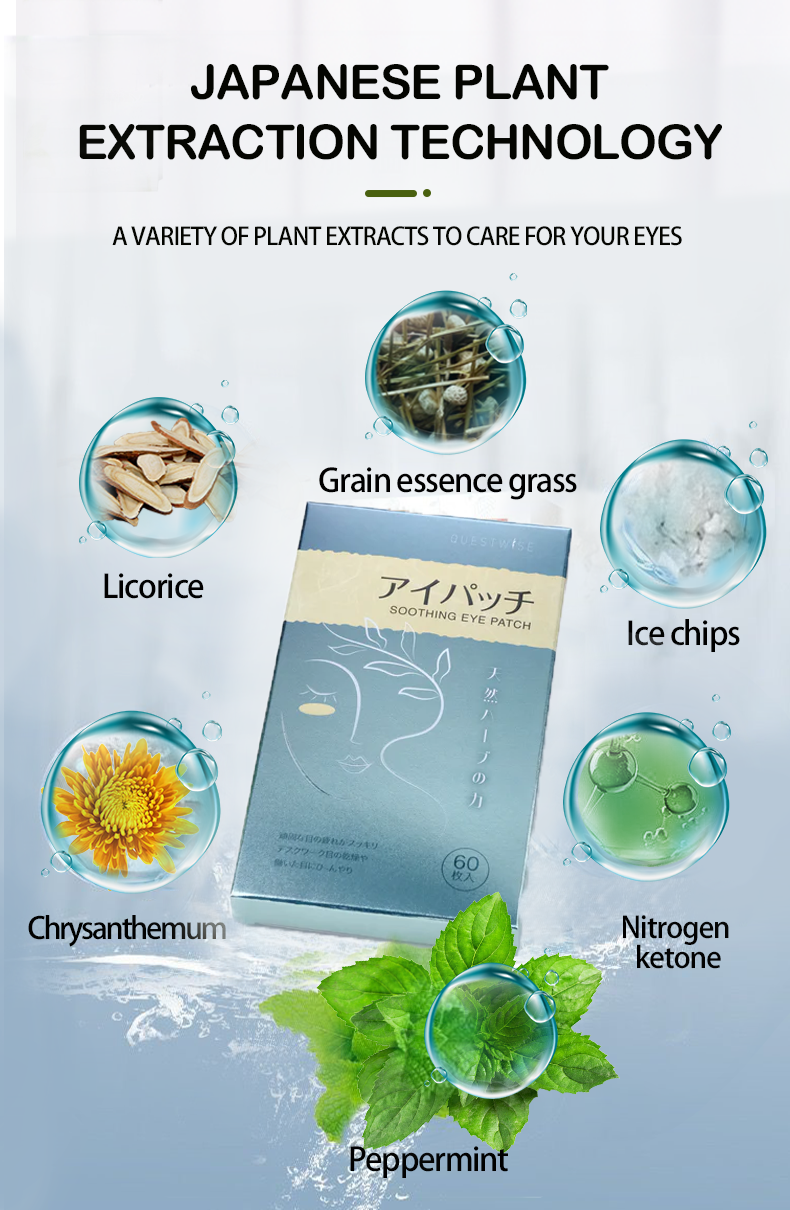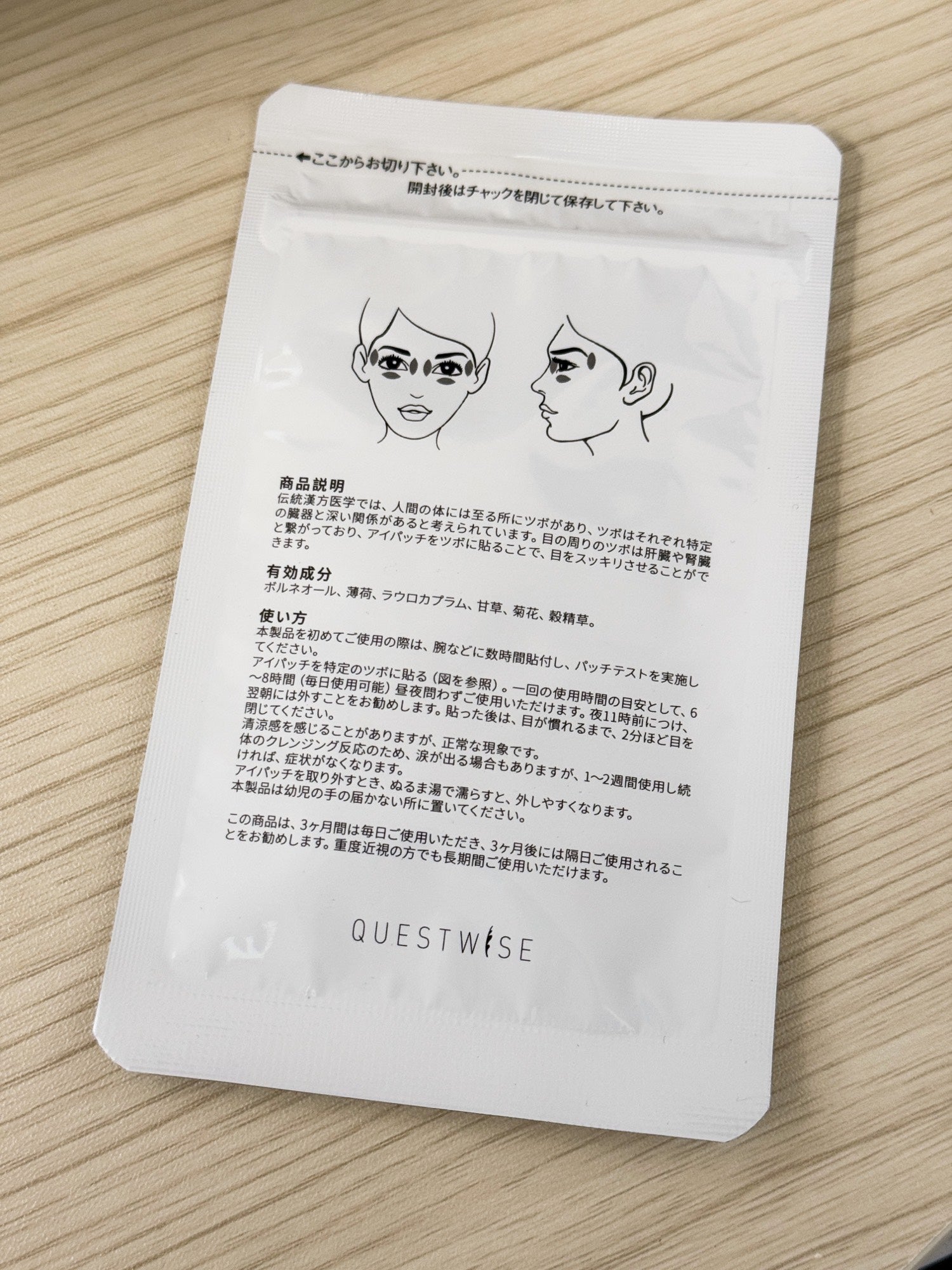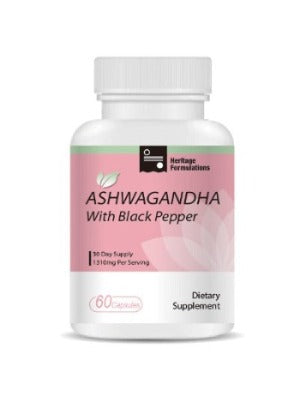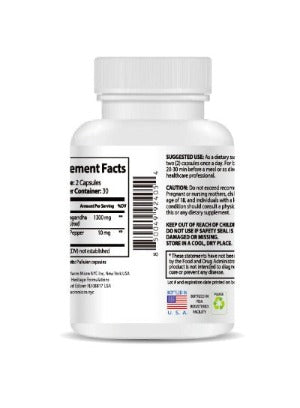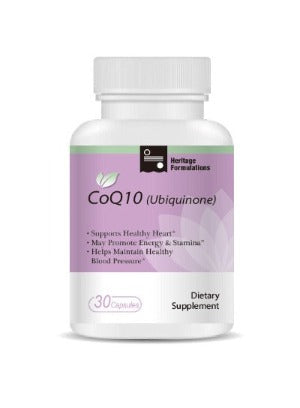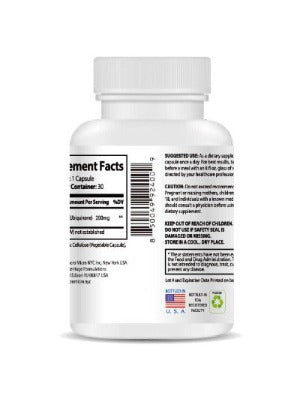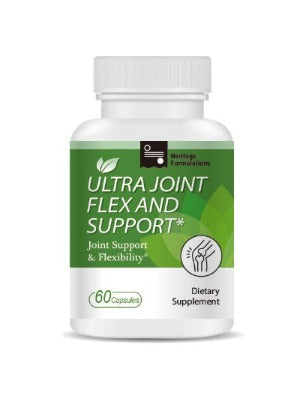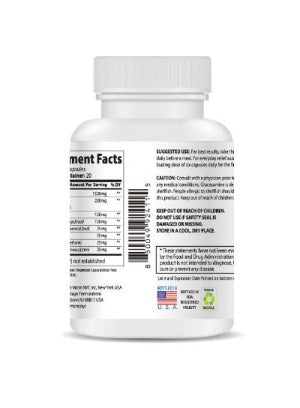In our hyper-connected world, our eyes are performing a marathon every single day. From the moment we wake up and check our phones to long hours spent in front of a computer, followed by an evening of streaming or reading on a tablet, our eyes are constantly on duty. For many, this digital demand is compounded by the daily use of contact lenses. The result? A familiar and frustrating litany of symptoms: gritty dryness, persistent fatigue, inexplicable watering, and blurry vision that comes and goes.
If this sounds like your reality, you’ve likely created a toolkit of temporary fixes. A bottle of artificial tears sits on your desk, you take blinking breaks, and maybe you’ve even invested in blue-light-blocking glasses. While these measures can offer fleeting relief, they often feel like a bandage on a problem that never truly heals.
But what if the solution wasn't just about managing the symptoms, but about fundamentally changing your eyes' resilience to these modern-day stressors? Traditional Chinese Medicine (TCM) offers a profound and empowering perspective. It views eye discomfort not as an isolated issue, but as a sign of a deeper imbalance exacerbated by our habits.
Drawing on the wisdom of Dr. Jesse Huang, a third-generation TCM practitioner, this guide will serve as your savior. We will delve into why screens and contact lenses are so taxing on your eyes from a TCM viewpoint and provide you with a powerful toolkit of practical, natural strategies to banish dryness and fatigue for good.
The Modern-Day Assault: Why Screens and Contacts Are So Harsh on Your Eyes
To find a true solution, we must first understand the problem. Screens and contact lenses, while indispensable to modern life, create a "perfect storm" for eye discomfort by disrupting their natural, delicate balance.
The Screen Effect: How "Prolonged Looking" Drains Your Eyes
Have you ever been so absorbed in your work that you forget to blink? This is at the heart of digital eye strain. Dr. Huang explains that when we stare intently at a screen, our blink rate naturally decreases. Blinking is the eye's windshield wiper, spreading a fresh, protective layer of tears across the cornea. When we do it less often, our tear film becomes unstable and evaporates more quickly, leading to dryness and irritation.
From a TCM perspective, the issue goes even deeper. There is a classical principle that states, "prolonged looking injures the blood" (久視傷血). In TCM, "Blood" is a vital substance that nourishes and moistens all the tissues of the body. The eyes are incredibly dependent on a rich supply of this Blood to function properly. When we overuse them for hours on end, we are literally consuming this precious resource faster than our body can replenish it. The result is malnourishment of the eyes (
目屍所養), which directly manifests as Dry Eye Syndrome.
The Contact Lens Conflict: A Barrier to Natural Harmony
For many, contact lenses are a daily necessity, but they introduce a physical barrier that can significantly disrupt eye health. Dr. Huang notes that studies show up to 80% of contact lens wearers experience some level of eye dryness. This happens for several reasons:
-
Tear Film Disruption: A contact lens sits on top of your tear film, affecting its natural distribution and stability.
Increased Evaporation: The material of the lens itself can increase the rate at which your tears evaporate.
Reduced Microcirculation: The presence of the lens can affect the delicate microcirculation around the eye.
TCM views this as a "foreign object pressing on the eye for a long time" (
外物久克於目). This constant presence obstructs the smooth and healthy flow of "essence and fluids" that are meant to nourish and lubricate the eye, ultimately leading to or worsening Dry Eye Syndrome.
When you combine hours of screen-induced Blood depletion with the fluid-disrupting nature of contact lenses, it's no wonder our eyes are crying out for help.
Your TCM Toolkit: Practical Strategies for Lasting Relief
The beauty of TCM is that it empowers you with practical, accessible tools to counteract these modern stressors. Instead of just masking the symptoms, these strategies work to replenish your body's resources and restore balance.
1. Nourish from Within: The Power of Herbal Teas
You cannot heal dry eyes without addressing the internal deficiency of Yin and Blood. Sipping on specific herbal teas throughout your workday is one of the easiest and most effective ways to do this. Dr. Huang recommends these four potent combinations:
-
Goji Berry and Chrysanthemum Tea (枸杞菊花茶): The ultimate eye-health classic. Goji berries nourish the Liver and Kidneys (the root of eye health), while chrysanthemum soothes the redness and irritation that are so common with screen fatigue.
Cassia Seed and Dendrobium Tea (決明子石斛茶): An excellent choice for more significant dryness. Dendrobium is a prized herb for its ability to generate fluids, providing deep, internal hydration.
Mulberry and Goji Berry Tea (桑椹枸杞茶): This delicious tea is fantastic for building Blood, making it perfect for those who feel generally drained and fatigued, not just in their eyes.
Glehnia and Ophiopogon Tea (沙參麥冬): If you work in a dry, air-conditioned office, this combination is your best friend. Both herbs are masters at moistening dryness and combating the effects of a harsh environment.
2. On-Demand Relief: Master the Art of Acupressure
Acupressure is your secret weapon for immediate relief during a long day. By pressing key points around the eyes, you can boost local circulation, release muscle tension, and soothe fatigue. Dr. Huang suggests this simple 4-point routine:
-
Jingming (睛明): Located at the inner corner of the eye, next to the bridge of the nose.
Zanzhu (攢竹): Found in the depression at the inner start of the eyebrow.
Taiyang (太陽): The tender spot in the depression at your temples.
Sibai (四白): Situated on your cheekbone, about one finger-width directly below your pupil.
How to Practice: Take a 2-minute break. Using your fingertips, apply gentle but firm pressure to each of these points for 30 seconds. This is a perfect ritual to perform during a screen break or right after you take your contact lenses out at the end of the day.
3. Build Foundational Habits for Resilience
-
Adopt the 20-20-20 Rule: This is one of the most effective habits for screen users. Dr. Huang advises that for every 20 minutes you look at a screen, you should take a 20-second break to look at something 20 feet away. This allows your eye muscles to relax and helps you conserve that precious Liver Blood.
Prioritize Restorative Sleep: The hours before midnight are golden for your eyes. Dr. Huang stresses the importance of being asleep before 11 PM . This is when the Liver works to restore and regenerate your Blood. Getting adequate sleep is non-negotiable for healing tired eyes.
Eat for Your Eyes: Support your body’s healing process by avoiding foods that can create more dryness, such as overly spicy dishes.
By integrating these simple, powerful TCM strategies into your daily routine, you can transform your relationship with your screens and contact lenses. You can move from a state of enduring discomfort to one of balanced, resilient, and lasting eye health.
Your Questions Answered: A Q&A for Screen & Contact Lens Users
Q1: I use blue-light-blocking glasses. Do they actually help with Dry Eye Syndrome? A: According to Dr. Huang, blue-light-blocking glasses can be beneficial for reducing certain aspects of digital eye strain. They primarily help with visual fatigue and can play a role in slowing down eye aging processes related to conditions like cataracts and macular degeneration. However, he clarifies that they have no direct effect on the quality or quantity of your tears. Therefore, while they can make screen time more comfortable, they do not treat the underlying cause of dryness.
Q2: I have to wear contact lenses. Are there specific types that are better for dry eyes? A: Yes, your choice of lens can make a difference. Dr. Huang advises those who must wear contacts to first and foremost reduce their wear time whenever possible, switching to glasses when at home to give their eyes a break. When choosing lenses, he suggests opting for modern, high-moisture or "moisturizing" types that are specifically designed to retain water and provide better hydration throughout the day.
Q3: Is it okay to use artificial tears with my contact lenses? A: Yes, but with caution. Artificial tears are simply a "substitute" for your own tears and not a cure. If you need to rewet your eyes, it is crucial to use drops that are specifically labeled as safe for use with contact lenses. Furthermore, if you find you need them frequently (more than 4-6 times a day), Dr. Huang's advice about preservatives becomes critical. You should seek out preservative-free formulas to avoid potential damage to your cornea from long-term, frequent use.
Q4: My child spends a lot of time on tablets for school and games. Can they get Dry Eye Syndrome too? A: Absolutely. Dr. Huang confirms that Dry Eye Syndrome is increasingly common in children, largely due to the combination of academic pressure and the high usage of electronic devices. He even shares his own experience of developing the condition in middle school from overworking his eyes. It's crucial for parents to enforce healthy screen habits, like the 20-20-20 rule, for their children.
Q5: Between all these tips, what is the single most important active habit I can adopt during my workday to combat screen fatigue?
A: While all the tips work together synergistically, the most direct and impactful habit you can practice during your workday is the 20-20-20 rule. Making it a non-negotiable practice to take that 20-second break every 20 minutes is the most effective way to interrupt the cycle of "prolonged looking" that depletes your eyes' vital resources. It’s a simple, free, and scientifically-backed method to give your eyes the rest they desperately need.


